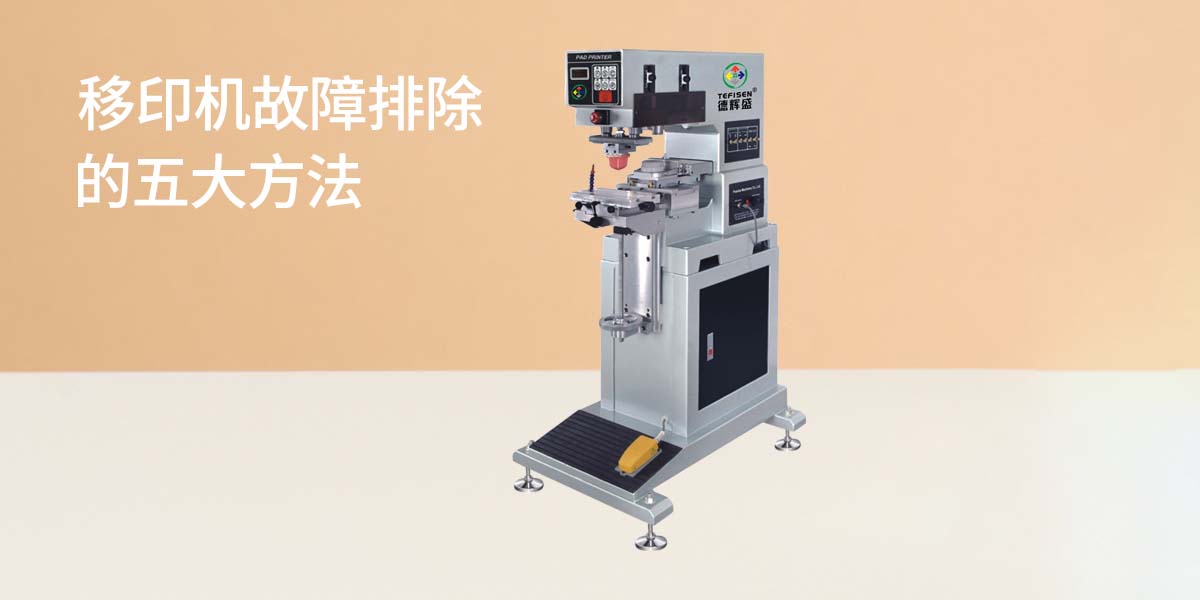Five Major Methods For Pad Printing Troubleshooting
During the operation of the pad printing machine, due to its complex mechanical structure and precise printing process, it may encounter various common faults. Let's follow the editor of TEFISEN to learn about some effective methods for common pad printing troubleshooting issues to ensure the normal and fast operation of the equipment and printing quality.

I. Issues of Double Printing or Poor Printing Quality
Double printing or poor printing quality is one of the most common issues in pad printing troubleshooting.
Fault Manifestation: During the printing process, text or patterns appear with double printing, meaning the same position has two or more printing traces, which seriously affects printing quality, or other issues of poor printing quality.
Troubleshooting Method:
Check the Printing Plate: First, check if the printing plate is installed correctly, whether there is any loosening or offset. If there are issues, reinstall the printing plate and ensure it is firmly fixed.
Adjust Printing Pressure: Excessive or insufficient printing pressure can cause double printing. Appropriately adjust the printing pressure to obtain a clear printing effect within the appropriate range.
Check Ink Viscosity: Ink viscosity that is too high or too low may also lead to double printing. Adjust the ink viscosity to the appropriate range based on the ink type and printing material.
II. Ink Drying Too Fast
Fault Manifestation: During the printing process, the ink dries too fast on the pads, resulting in incomplete printing or blurred text.
Troubleshooting Method:
Check the Environmental Temperature and Humidity: Excessively high temperature and excessively low humidity may cause the ink to dry too fast. Ensure that the working environment temperature and humidity are within the appropriate range to avoid fast drying of the ink.
Use a Suitable Thinner: Choose an appropriate thinner based on the ink type and printing requirements, and adjust the amount of thinner added to slow down the drying speed of the ink.
Regularly Clean the Pad: Regularly clean the pad to remove residual ink and impurities, maintaining the good condition of the pad, which helps slow down the drying speed of the ink.
III. Printing Position Offset
Fault Manifestation: During continuous printing, the position of text or patterns shifts, resulting in inaccurate printing.
Troubleshooting Method:
Check the Positioning Device: Check if the positioning device of the machine is damaged or loose. If there are issues, promptly repair or replace it. Ensure that the positioning device can accurately position the printing material in the correct position.
Adjust the Conveyor Belt: The tightness, speed, and position of the conveyor belt may affect the printing position. Regularly check the state of the conveyor belt and make adjustments if necessary.
Check the Alignment of the Printing Plate and Pad: Ensure that the printing plate and pad are aligned accurately to avoid printing position offset due to improper alignment.
IV. Ink Splashing Issues
Fault Manifestation: During the printing process, ink splashes outside the printing material, causing environmental pollution and ink waste.
Troubleshooting Method:
Adjust Ink Viscosity: Excessively high ink viscosity may cause splashing. Appropriately reduce the ink viscosity to reduce splashing.
Optimize Printing Speed: Excessively fast printing speed may also cause ink splashing. Appropriately reduce the printing speed to obtain better printing results.
Install Ink Recovery Device: Installing an ink recovery device on the printing machine can collect splashed ink, reducing waste and environmental pollution.
V. Abnormal Issues During the Operation of Pad Printing Machines
During the use of pad printing machines, they may encounter issues with the equipment itself. How to troubleshoot pad printing machines?
Fault Manifestation: Excessive machine noise, inability to start, excessive temperature, unstable operation, excessively long downtime, inability to stop the machine, etc.
Troubleshooting Method:
Check if the power supply, power cord, power switch, computer connections, control buttons, foot switches, fan, heat sink, and other components are abnormally connected, damaged, fallen off, peeled off, or aged. Regularly inspect and maintain these components, and promptly tighten, repair, or replace any abnormal parts. Also, check the stability of the power supply.
The above are some common issues and methods for pad printing troubleshooting. In practical operation, apart from following the above methods for troubleshooting and repair, regular maintenance and care of the pad printing machine should also be performed to extend its service life and improve printing quality. At the same time, it is recommended that operators carefully read the user manual to understand the structure and principles of the equipment to better operate and maintain the equipment. If complex issues arise that cannot be resolved, it is recommended to contact pad printing machine manufacturers like TEFISEN, who have professional maintenance personnel and technicians for inspection and repair.

